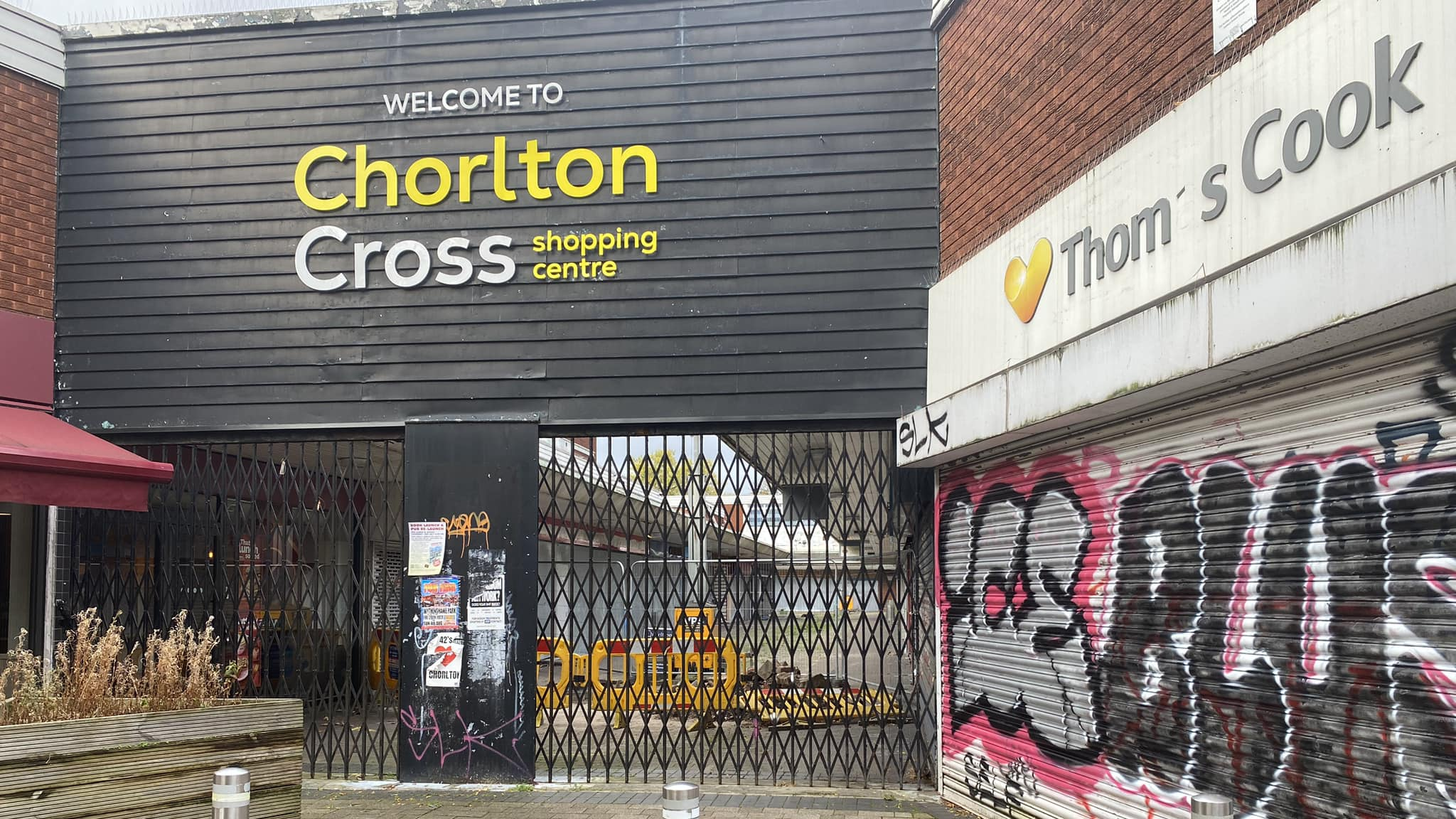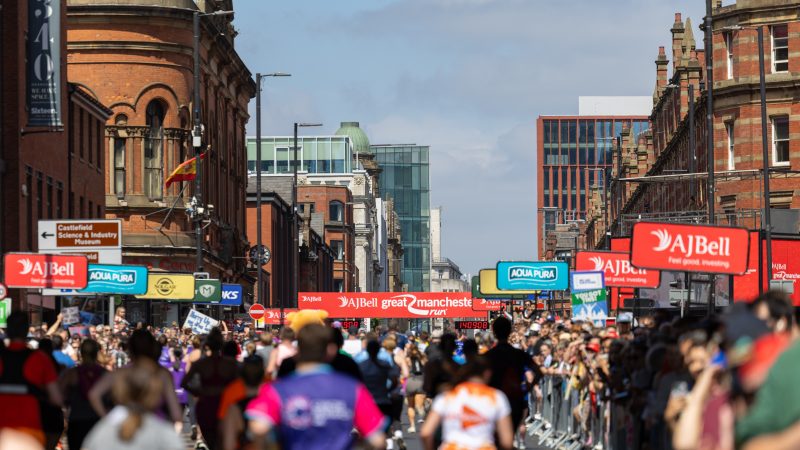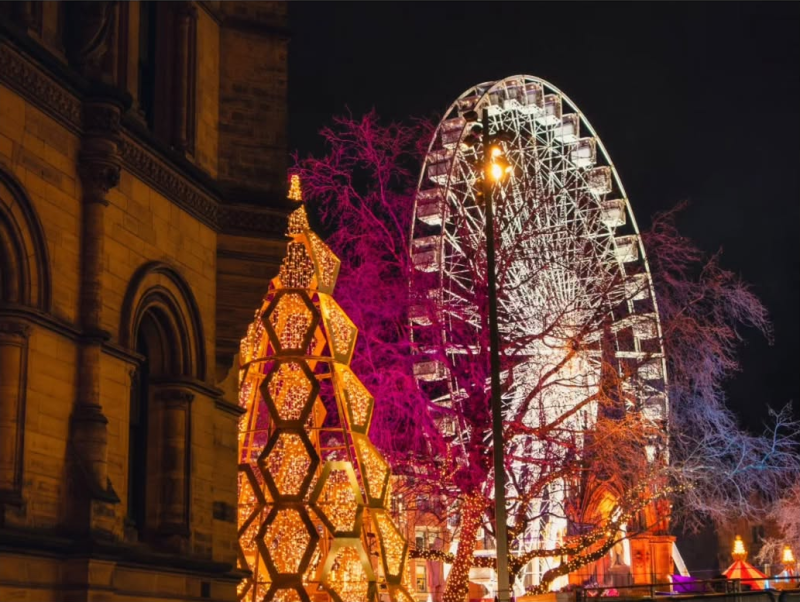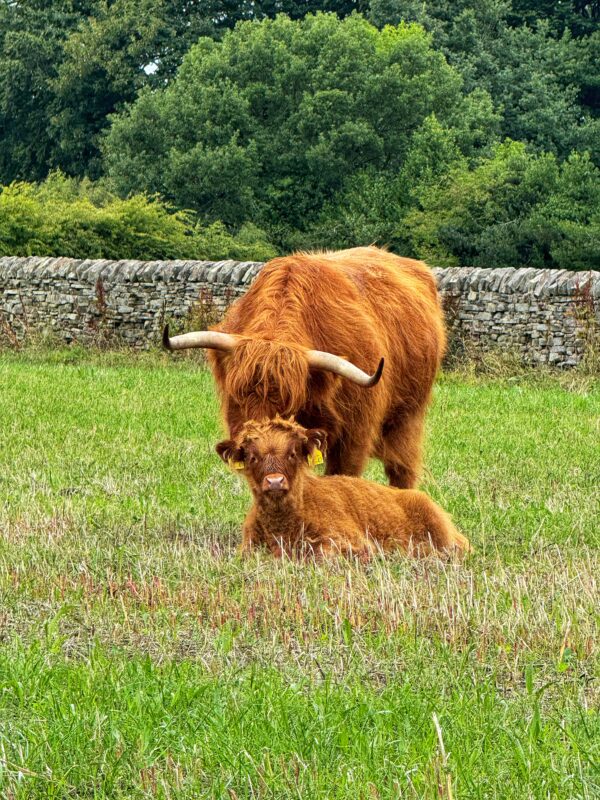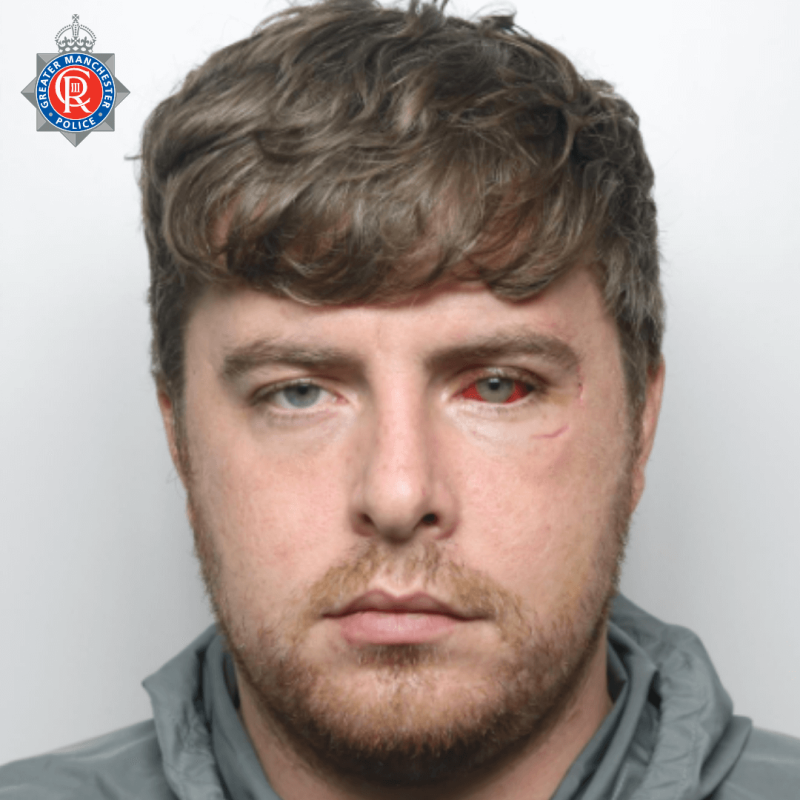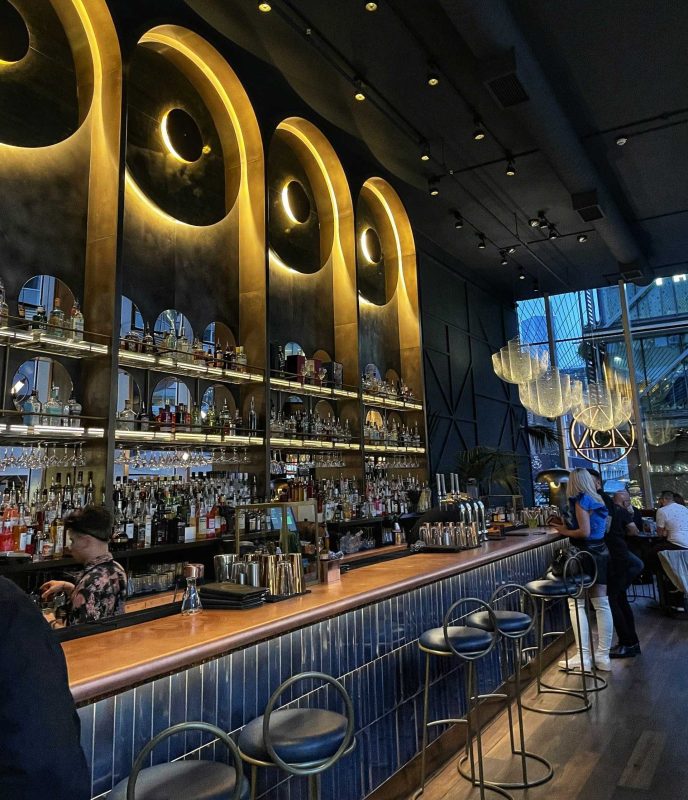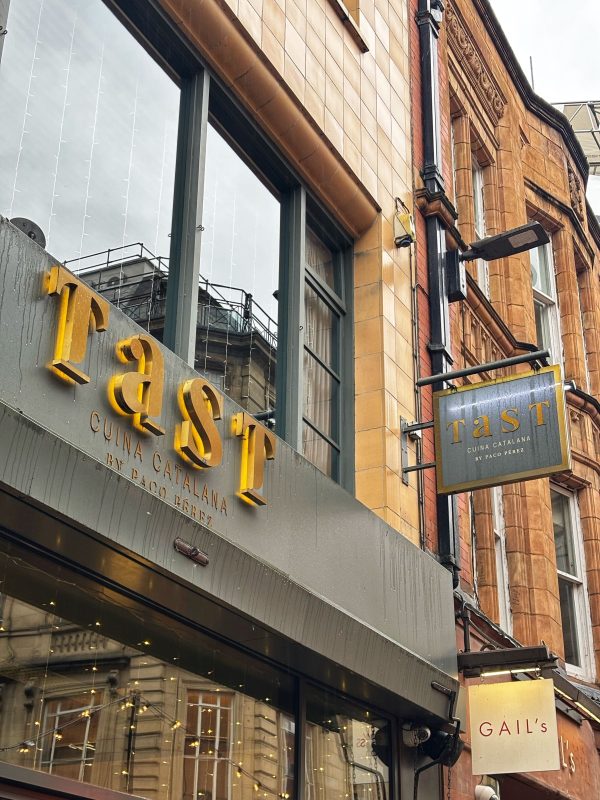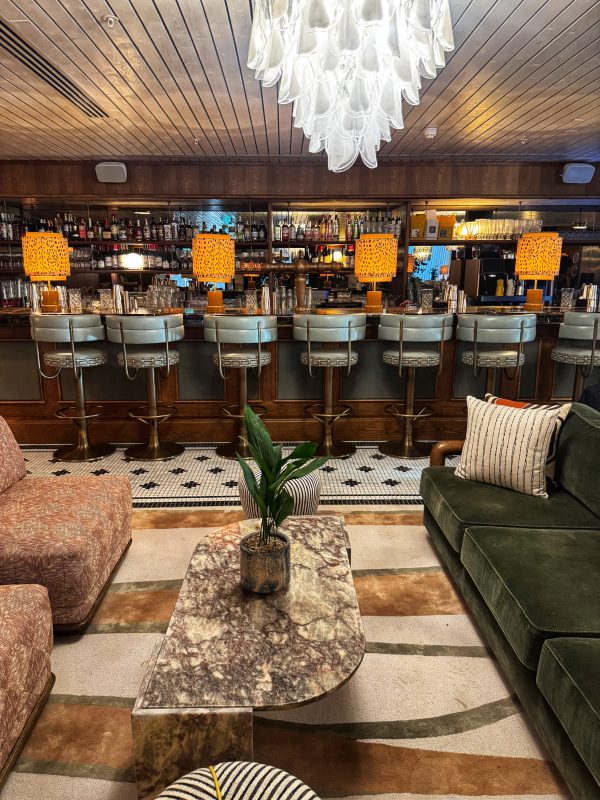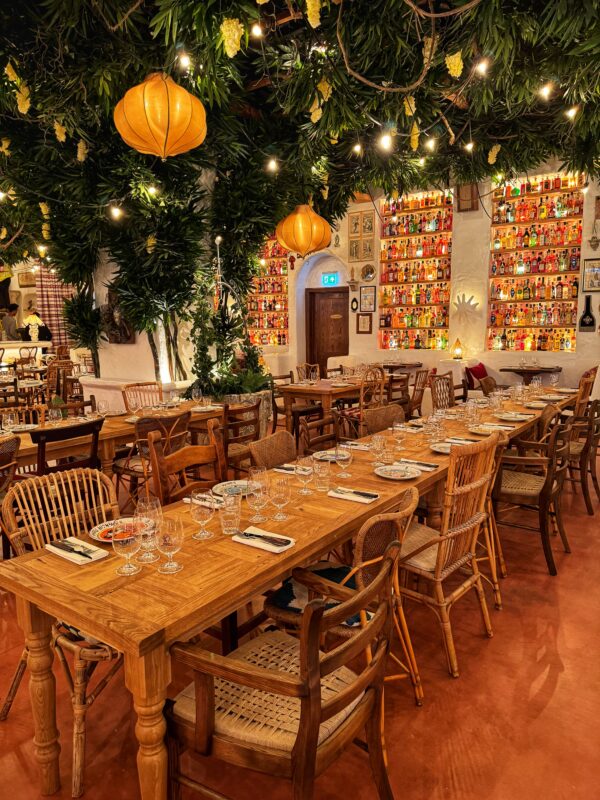News
Government backs Greater Manchester’s plan for a non-charging clean air zone
Finally.
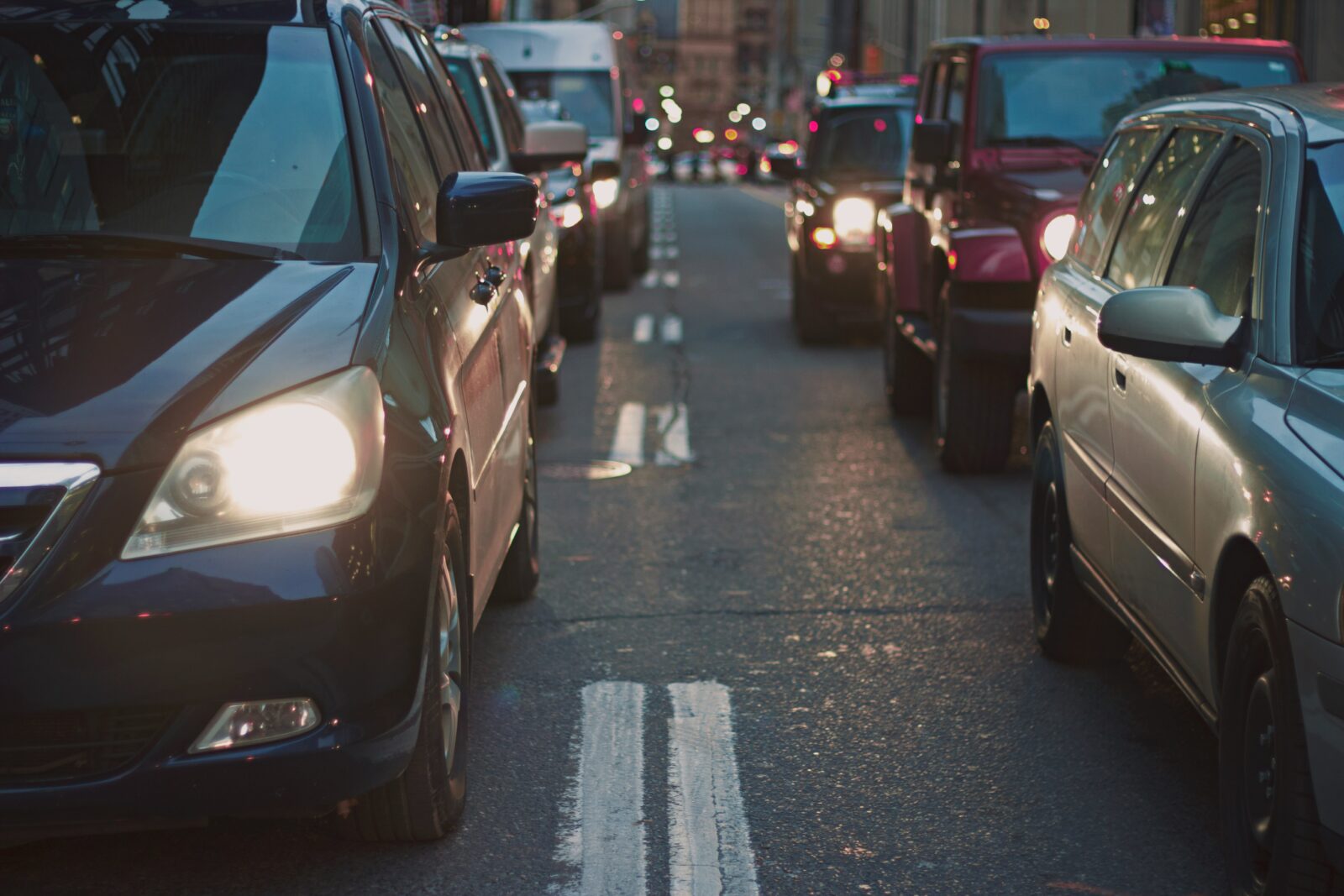
Greater Manchester’s plan for the introduction of a non-charging clean air zone has been backed by the Government.
Defra and the Department for Transport (DfT) were said to have “rigorously assessed” an investment-led plan proposed by local Councils, and concluded that it will meet legal obligations to reduce nitrogen dioxide pollution.
This decision comes after Greater Manchester Combined Authority (GMCA) published insights of non-charging plans back in December 2023
After much deliberation, the decision now means that drivers in Greater Manchester will not face additional charges, as the area is instead set to benefit instead from 117 new lower and zero-emission buses in a £86 million scheme to help clean up the region’s air.
🐝 We've set out a compelling plan to show how Greater Manchester can meet clean air targets with a non-charging approach, investing in:
— Mayor of Greater Manchester (@MayorofGM) December 13, 2023
🚍 Zero-emission electric buses on our @BeeNetwork
🚕 A Clean Taxi Fund
🚦 Better traffic management
Find out more 👇https://t.co/Cbn2yTkGFl
What was the Greater Manchester Clean Air Zone?
Need bringing up to speed a bit first? The Clean Air Zone was to initially hand motorists daily charges of up to £60 for some of the most polluting vehicles on Greater Manchester‘s roads.
But many will remember that the deadline for the scheme had been put on hold until while the plan was referred back to the Government for “urgent review” in January of last year, following huge backlash and after then Prime Minister Boris Johnson conceded that it was “completely unworkable” for the region.
The Government agreed to delay the deadline for the scheme until 2026, but local leaders wanted to scrap all charges and help to fund vehicle upgrades instead.
GMCA then set out evidence supporting an investment-led, and, crucially for residents and motorists, a non-charging Clean Air Plan back in June 2022 – which it said was “the best solution” to address the roadside nitrogen dioxide (NO2) problem.
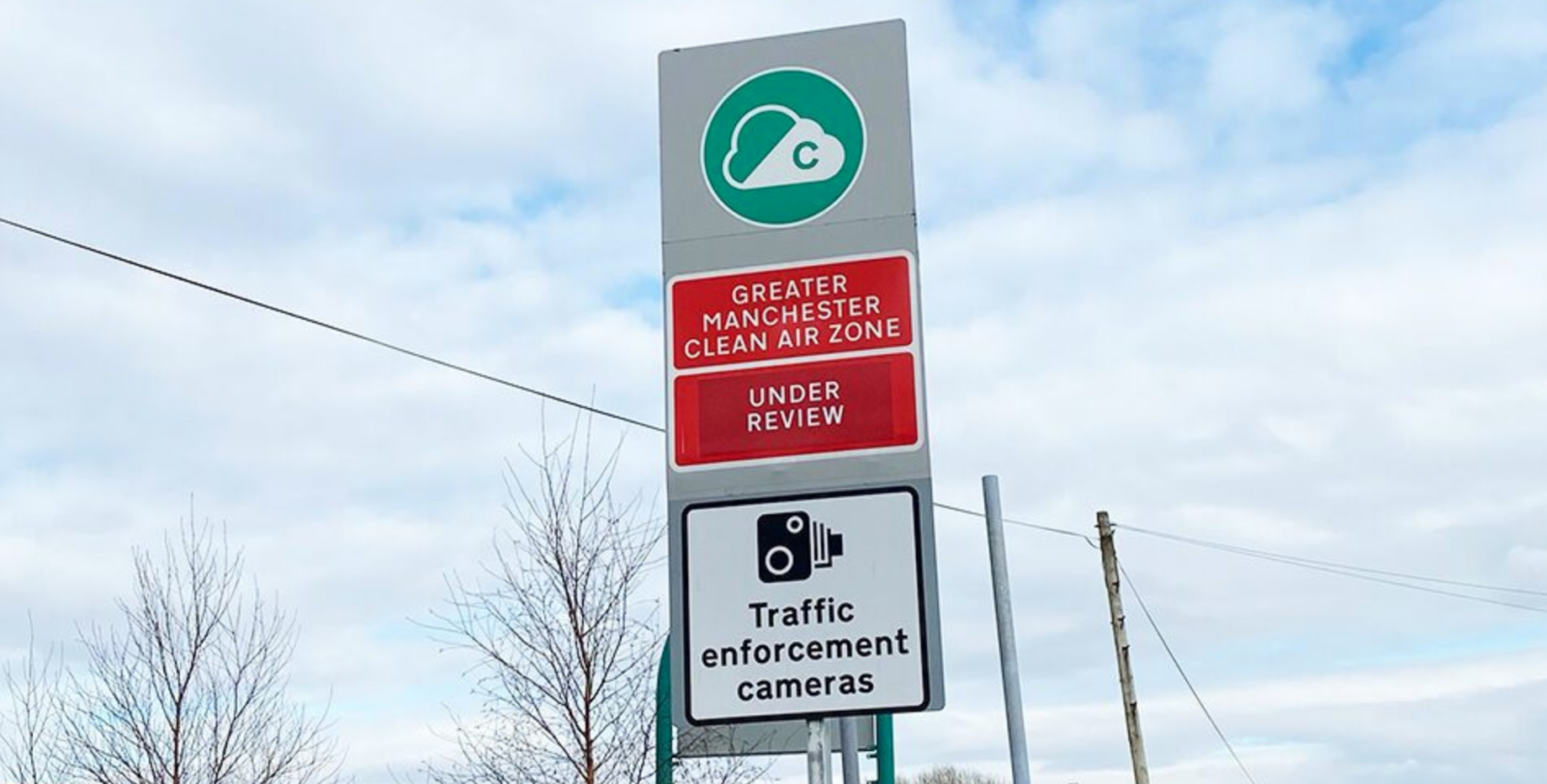
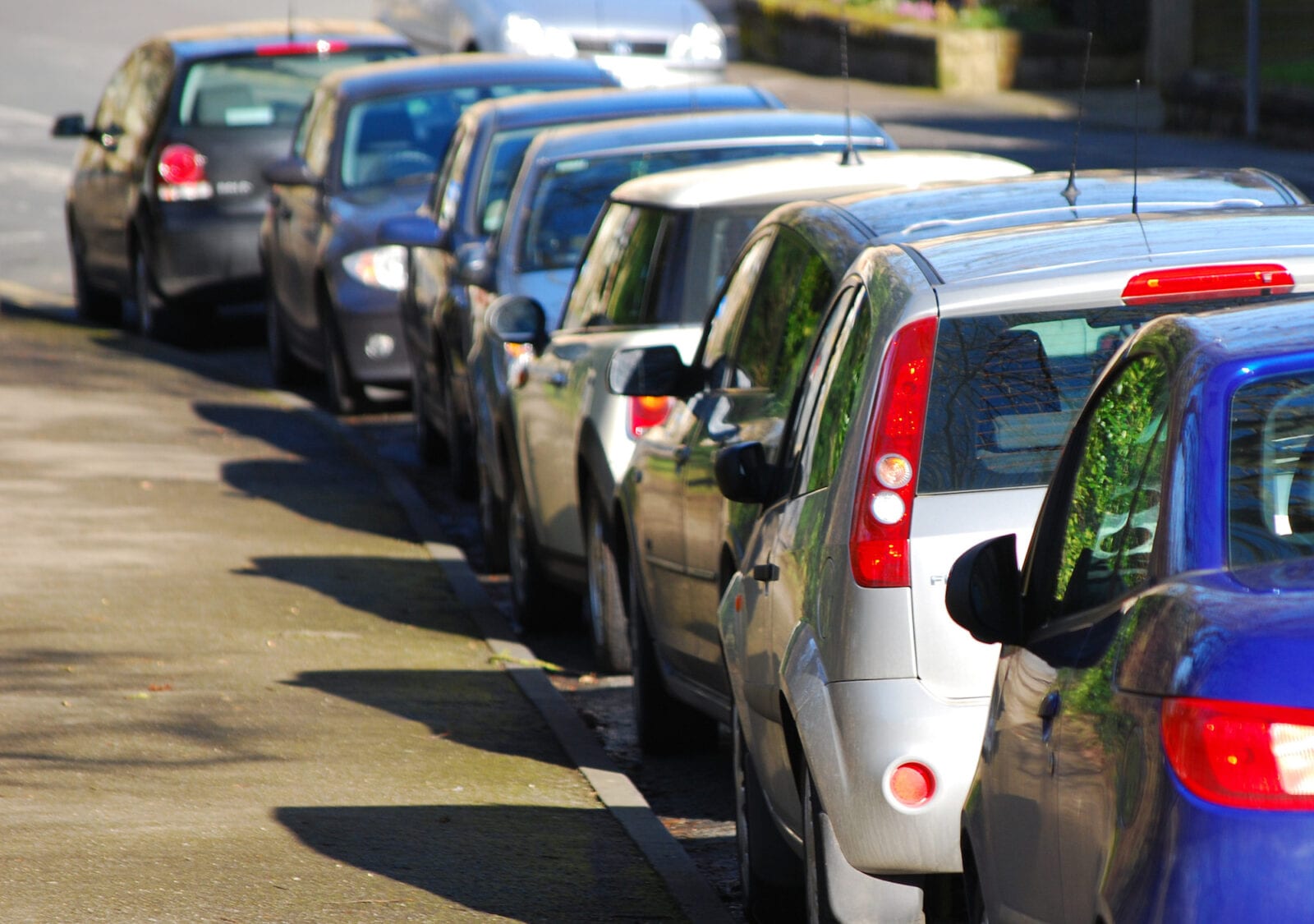
While local authorities in other areas have found that a Clean Air Zone is the best route to cutting nitrogen dioxide pollution, proposals submitted to the Government included evidence that Greater Manchester can achieve compliance with legal limits faster but without charging.
The decision now means that the initial concept of a ‘Clean Air Zone’ will not go ahead in Greater Manchester.
Instead, there will be a fleet of new buses and traffic-calming measures to improve air quality in the region, as well as £8 million put towards support moving the region’s taxi fleet to ‘cleaner’ vehicles, and up to £22 million allocated for the administration, delivery, monitoring, and other costs associated with all of this.
Local leaders have also been told they can review and cancel contracts relating to the Clean Air Zone – such as signs and cameras dotted across the region.
We are pleased the Government has accepted GM’s investment-led approach to clean air.
— Andy Burnham (@AndyBurnhamGM) January 23, 2025
Because of our success in delivering the Bee Network on time and on budget, we will not be required to introduce a charging zone. 👍🏻https://t.co/sXdAZ0s3Xx
“We are grateful to this Government for listening to Greater Manchester and for this vote of confidence in our investment-led approach to cleaning up our air,” commented Greater Manchester Mayor Andy Burnham, as the plans were approved.
“This is the right decision for Greater Manchester and it gives people here the certainty they have long needed.
“Because we have implemented the first phase of the Bee Network on time and on budget, the Government clearly trusts us to deliver and has seen the evidence that our approach is working.
“The Bee Network is cleaning up our air and keeping the cost of travel as low as possible.
Read more:
- Greater Manchester publishes plans for a new non-charging Clean Air Zone
- Greater Manchester’s Clean Air Zone cameras are now being used for ‘detecting crime’
- Cost of stickers to cover up Greater Manchester’s Clean Air Zone signs revealed… and it’s big
“Its success is allowing us to remove a big weight of worry off the shoulders of people who need to drive as part of their job.”
Featured Image – Nabeel Syed (via Unsplash)


